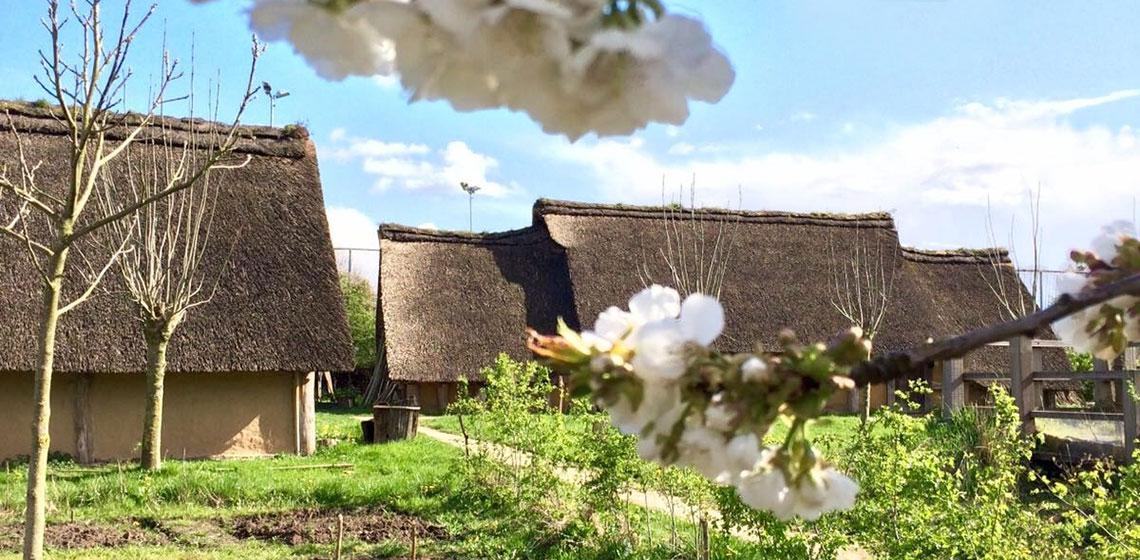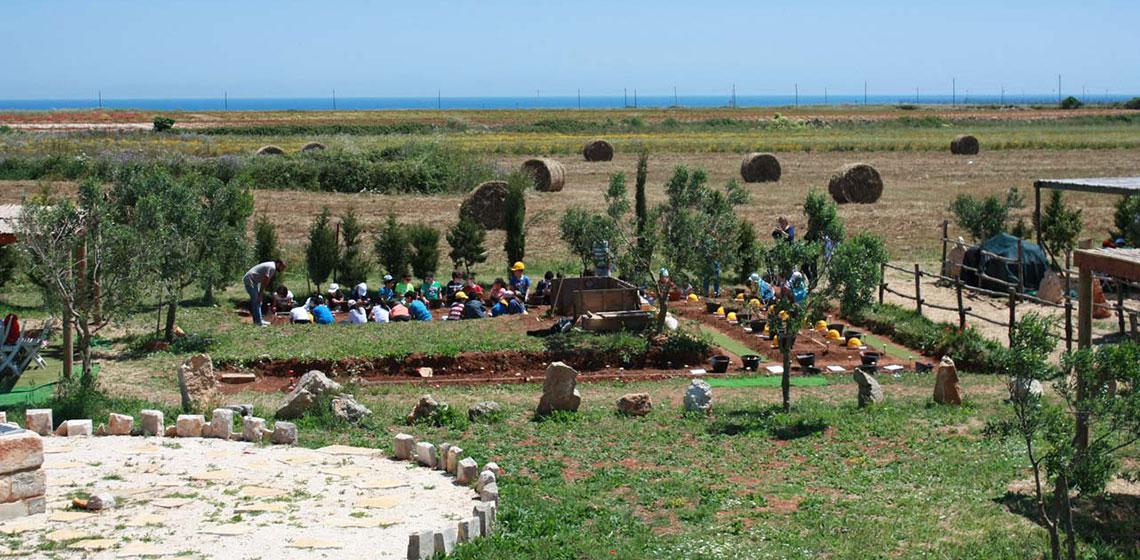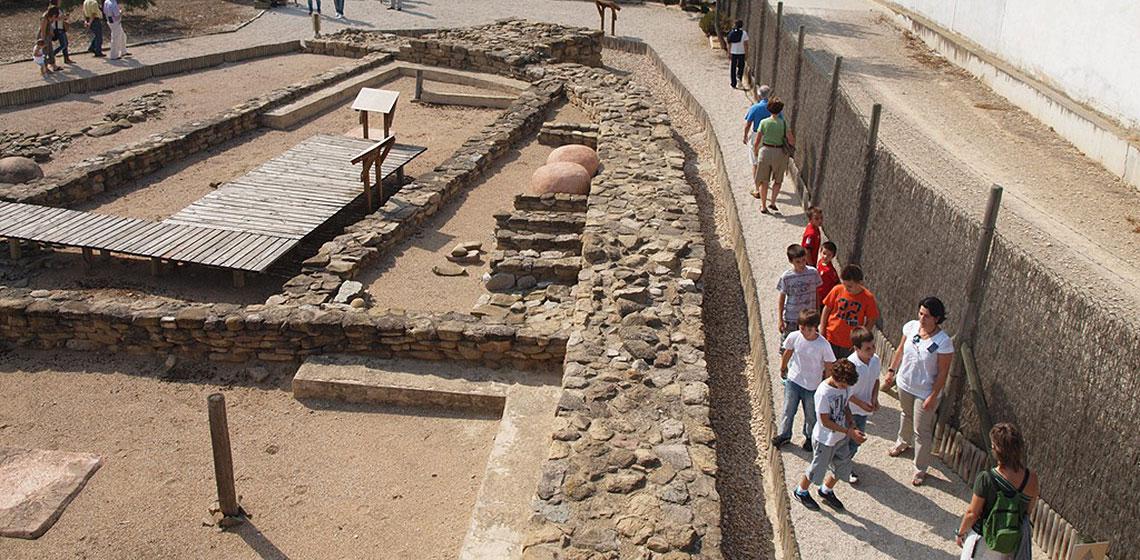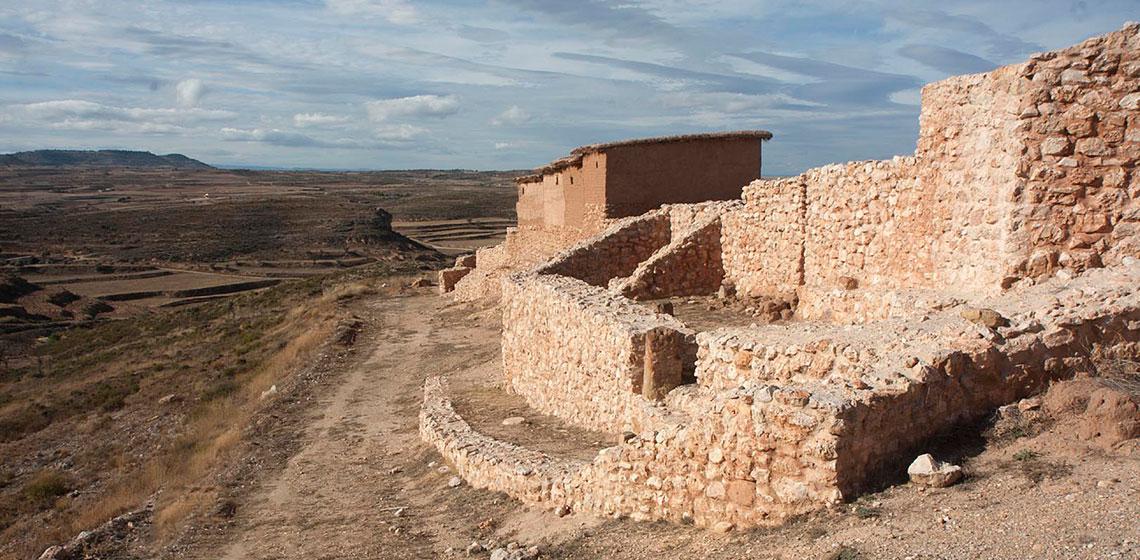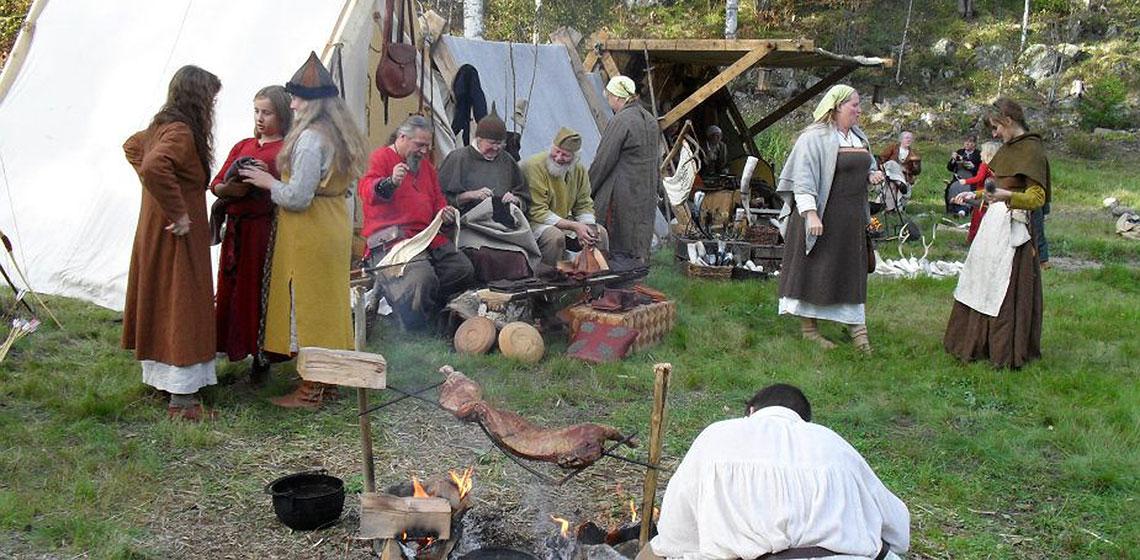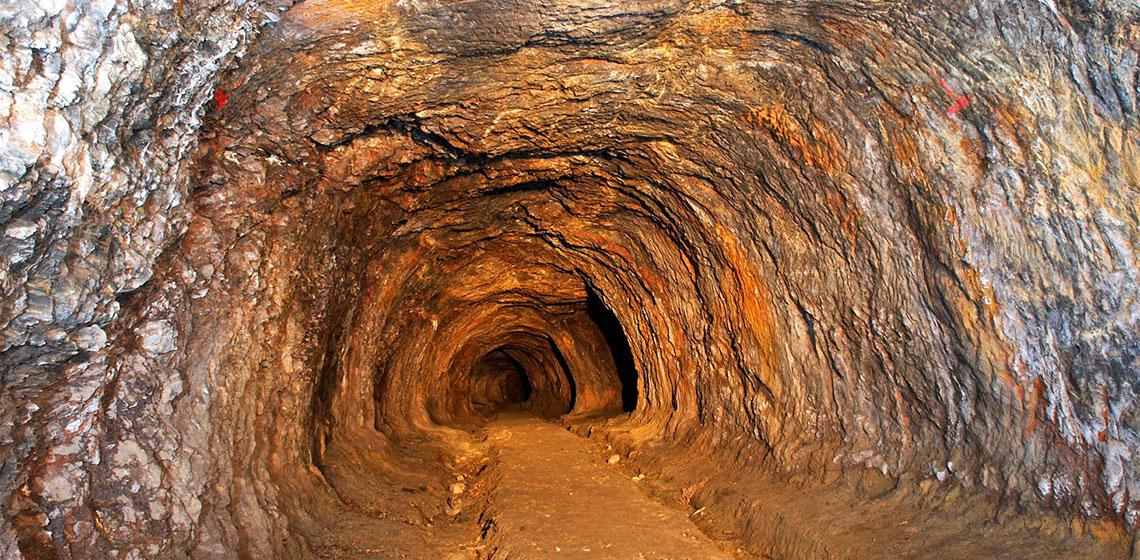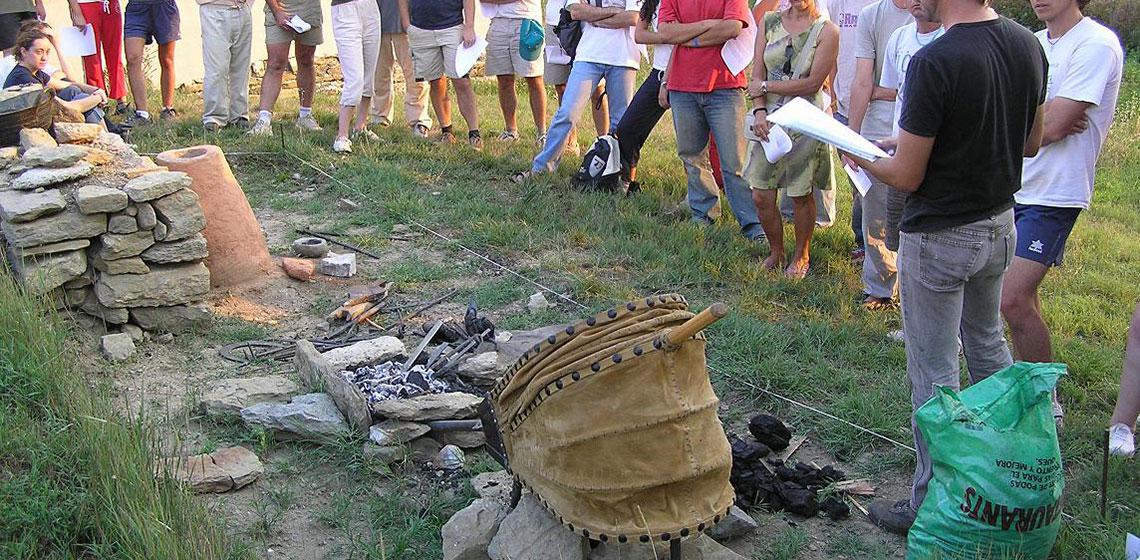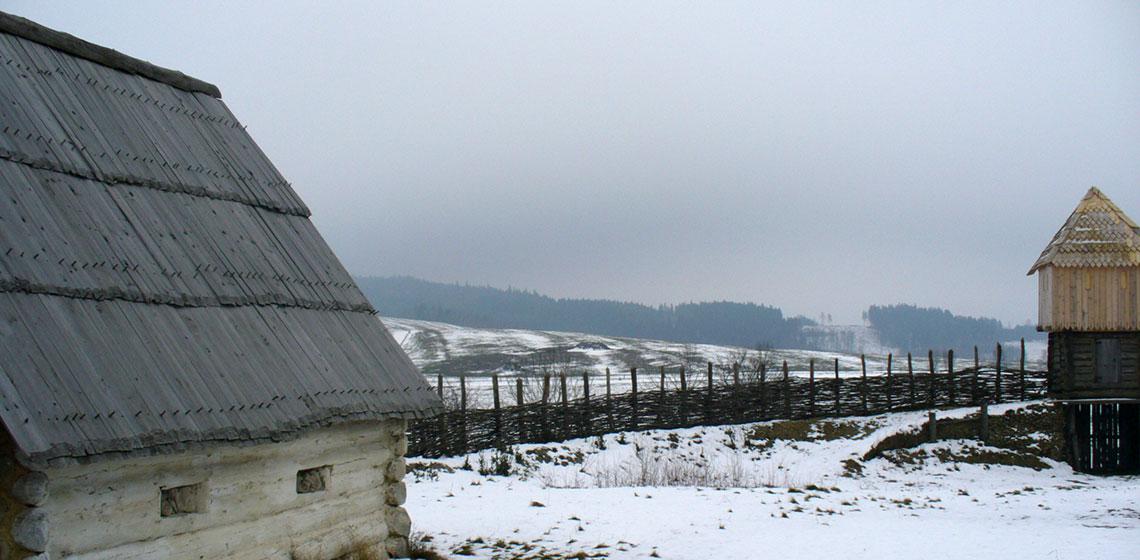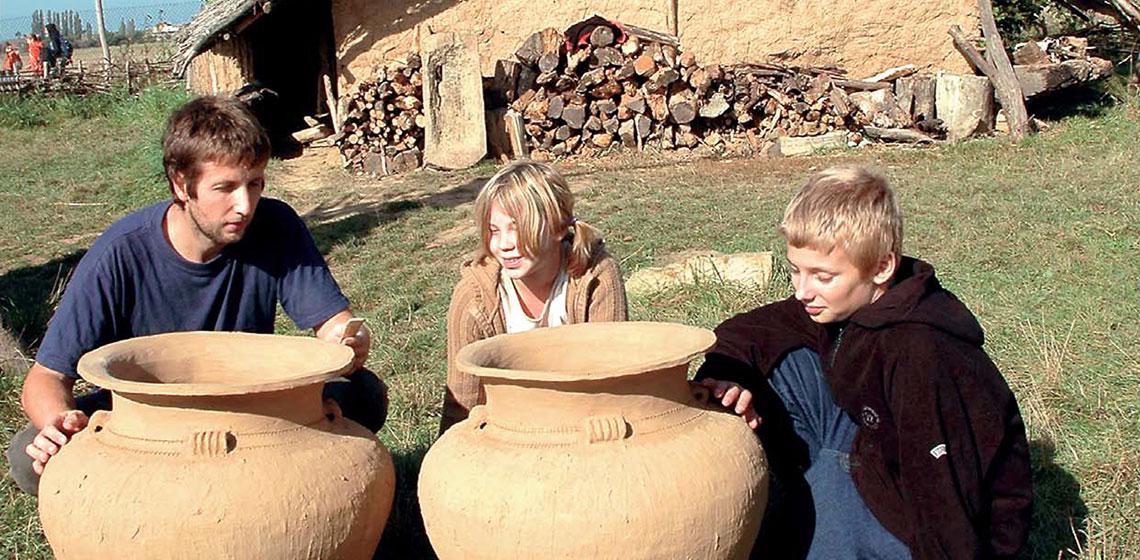The Forcello Archaeological Park in Bagnolo San Vito, a few km to the south east of Mantova, rises around the remains of an important Etruscan settlement from VI-IV centuries BC. The archaeological excavations conducted on the site from 1981 to date, under the scientific management of Prof. de Marinis of the Università degli Studi of Milan, have brought to light, year after year, just a small portion of this settlement, but with a long stratigraphic sequence, defined in eight main phases.
Forcello Archaeological Park in Bagnolo San Vito, a few km southeast of Mantova, rises on the remains of the most important Etruscan settlement north of Po river. Since 1981 archaeological excavation, conducted by Università degli Studi di Milano under scientific management of prof R.C. De Marinis until 2014 and now prof M. Rapi, has pieced together the life of a part of the town, from its birth to its end. Over this period nine different building phases have been recorded.
The Etruscan settlement was founded in around 540 BCE and was inhabited until about 380 BCE. It was abandoned at the time of the Celtic invasions of the Italian peninsula.Forcello was what we know as emporion, a settlement based on commerce. Goods and travellers flowed through it from all over the Mediterranean and Europe.

